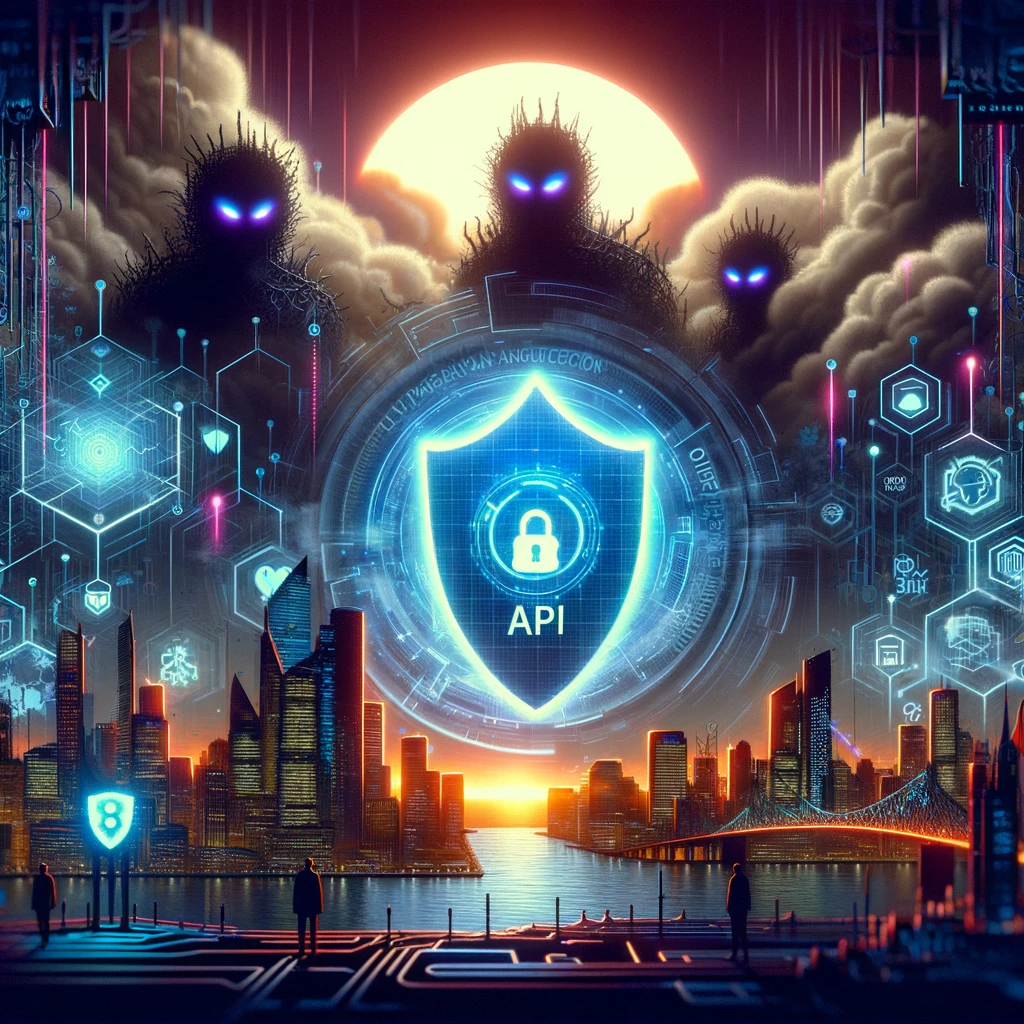Today, as I read through a report in “The Australian” about the alarming state of cyber security in Australian businesses, it struck a chord with me. Having worked closely with customers and partners of MuleSoft for several years, I’ve witnessed firsthand the challenges and complexities of securing digital assets. The ASIC’s findings, revealing a $42 billion annual loss due to cyber incidents and the vulnerability of two-thirds of Australian companies, further solidified my belief in the value that MuleSoft brings to our customers.
The Growing Cybersecurity Concerns:
The article highlighted a series of cyber attacks on prominent Australian companies, including Medibank and DP World, revealing the tangible impacts of digital vulnerabilities on the economy and supply chains. These incidents resonate with the concerns I’ve heard from our clients and partners, emphasising the need for robust, proactive security measures.
MuleSoft’s API Security: A Beacon in the Storm:
- Layered Defence in a Complex Digital World: In my conversations with clients, the need for a comprehensive, multi-layered security approach is a recurring theme. MuleSoft’s API security offers just that, ensuring protection at every level, which is crucial in today’s sophisticated threat landscape.
- Customisable Security for Diverse Needs: Each business I’ve engaged with has unique security requirements. MuleSoft’s customisable policies and controls allow businesses to adapt their defences to specific threats, a feature that has been greatly appreciated by our clients.
- Proactive Monitoring for Immediate Response: The reactive stance towards cyber threats, as highlighted by ASIC, is a significant concern. MuleSoft’s continuous monitoring and real-time analytics align perfectly with the need for proactive threat detection and response, a capability our clients find invaluable.
- Ease of Compliance in a Regulatory Maze: Navigating the complex web of cyber regulations is a challenge I’ve seen many clients struggle with. MuleSoft’s adherence to global security standards and tools for managing compliance simplifies this process, providing much-needed relief.
The Value We Bring:
Reading about the Medibank breach, which led to a massive financial and reputational fallout, and the Optus incident, which compromised customer data, I was reminded of the critical role MuleSoft plays in preventing such catastrophes. Our API security is not just a tool; it’s a shield that protects our clients’ businesses and their customers’ trust.
Conclusion:
The recent ASIC report and the series of cyber attacks in Australia have reinforced the importance of the solutions we provide at MuleSoft. Our API security platform is more than just a line of defence; it’s an essential component of business strategy in an era where digital resilience is synonymous with business continuity.
As someone who has worked with MuleSoft’s customers and partners, I can confidently say that our commitment to robust, adaptable, and proactive security is making a significant difference in the digital world.
Disclaimer: Please note that the opinions and views expressed in this post are solely my own and do not reflect the official policy or position of Salesforce. My statements are made in a personal capacity and are not intended to represent the views of Salesforce or its affiliates.
Sources:
- ASIC Media Release: “23-300MR ASIC calls for greater organisational vigilance to combat cyber threats”.
- The Australian: “Cyber attack: ASIC exposed ‘deficiencies’ in how companies defend themselves against hackers and protect customer data”.
- Digital Nation: “ASIC chair calls for Australian organisations to prioritise cyber security”.
- Insurance News: “Cyber security must be ‘top priority’ for corporations: ASIC”.
- Australian Associated Press: “‘Alarming’: big gaps in organisations’ cyber security”.
